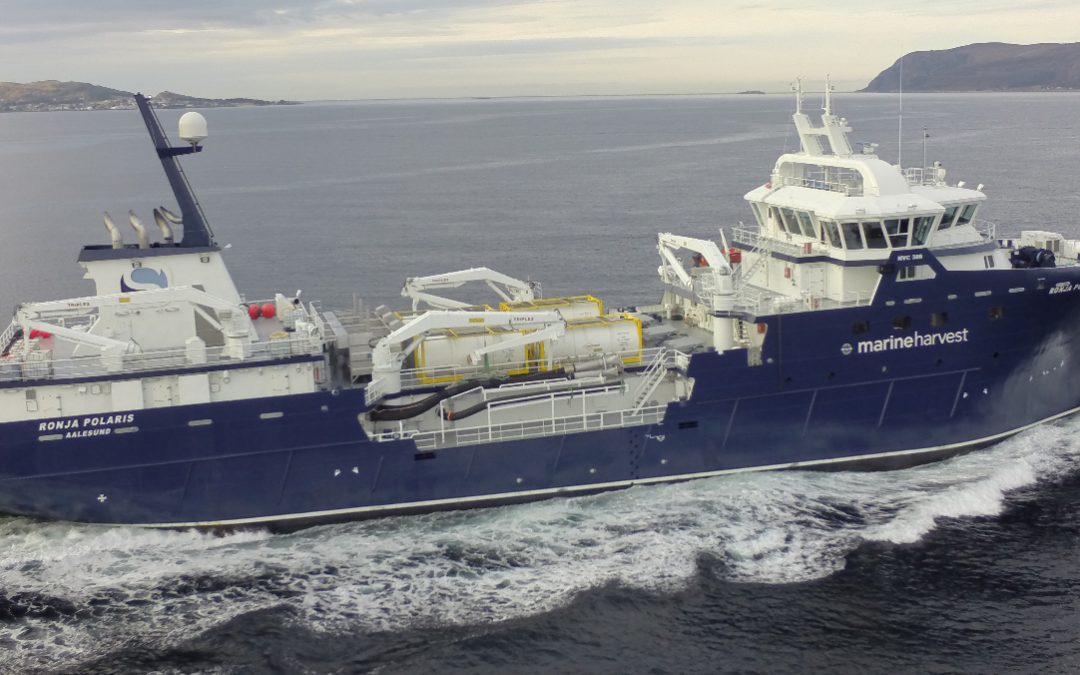Protecting Steel Bridges
The Norwegian Public Roads Administration (NPRA) has been using zinc thermal spray with a paint topcoat (duplex coating) for corrosion protection of steel bridges since the 1960s. They consider this coating strategy to be a major success and have examples of bridges that have been exposed for 40 years without any maintenance. According to NPRA, “the optimum time for maintenance of duplex coatings is when the topcoat is degraded, before the zinc coating starts to corrode. This will give the lowest life cycle costs.” This first maintenance operation is typically performed after about 30 years, which is much longer than the lifetime of a 3 layer paint system due to the synergistic factor of a duplex coating which increases the lifetime of the duplex coating significantly.
Another convincing argument in favor of thermal spraying bridges comes from the U.S. Federal Highway Administration (FHWA). In the FHWA evaluation, 47 coatings, including metalized coatings of sealed and un-sealed aluminum, zinc, and zinc-15 aluminum were compared with liquid paint coatings, and various combinations of epoxies and urethanes. The study concluded: “Metalized systems consistently provided the best corrosion protection performance. All metalized coatings tested showed no corrosion failure in the aggressive, salt-rich environments over the 5 – 6.5 year exposure periods.”¹
1. Federal Highway Administration’s Report FHWA-RD-96-058 “Environmentally Acceptable Materials for the Corrosion Protection of Steel Bridges” January 1997.



Recent Comments